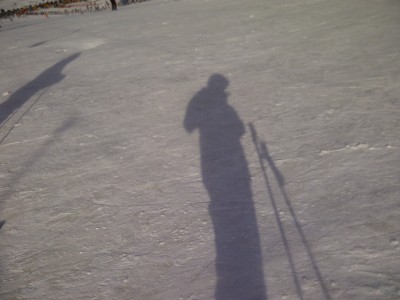edit – when I wrote this post, I was under the impression that Motronic meant Motronic. Not to BMW, who call any engine control unit Motronic, regardless of whether they are violating Bosch’s trademark rights or not… See above.
I am a card-carrying K-Jetronic girl. When I first discovered K-Jet-E in my 1982 VW Rabbit Convertible, I leaned back in awe and remarked to myself that this is how I would do fuel injection if I had to: I would take apart a carburettor and distribute its parts liberally around the engine bay, making sure that each had its place and did not interfere with the others, all being individually adjustable and controllable (einstellbar und kontrollierbar, auf Deutsch). Just like K-Jet. I regard K-Jet as one of the peaks of elegant engineering design, and certainly one of the coolest systems to ever leave the halls of Robert Bosch Gmbh. It is also simple and easy to work with, provided you understand the basics of air/fuel ratios and a few other odds and ends about ICEs, of course.
I can’t say the same for Motronic, Bosch’s “modern” EFI control system. I’ve been watching a weird problem on my bike lately, and I’ve tracked it down to what looks like a bad hack job over in the Motronic design group. Not content with just supplying a modern, 2004 version of Motronic, it appears that Bosch decided to crib together the lousy parts of Motronic (signals taken from only half of the system), an interesting part of K-Jet (running the whole thing off the coil sense), and who knows what from Digifant.
The problem manifests itself as a flat 500rpm lift in the tach signal when it rains. Being Motronic, the tach signal is fed from the coil sense, but only from one of the two coils. The Rotax engine is known for some assorted issues (other than being a bullet-proof, workhorse, dinosaur of a fuel-efficient and otherwise great motor), one of which is pretty serious surging. Well…. imagine that. When your injector circuit is being driven by a feedback loop from half of the coil circuit, and voltage is building up due to phantom capacitance somewhere, yeah, the poor thing is going to surge like crazy.
So, I’ll be spending my weekend working on the bike with the only tool you need on a Motronic machine: my DVM. This is not what “working on the (insert ICE-equipped vehicle)” is supposed to mean, Mr Bosch…..



